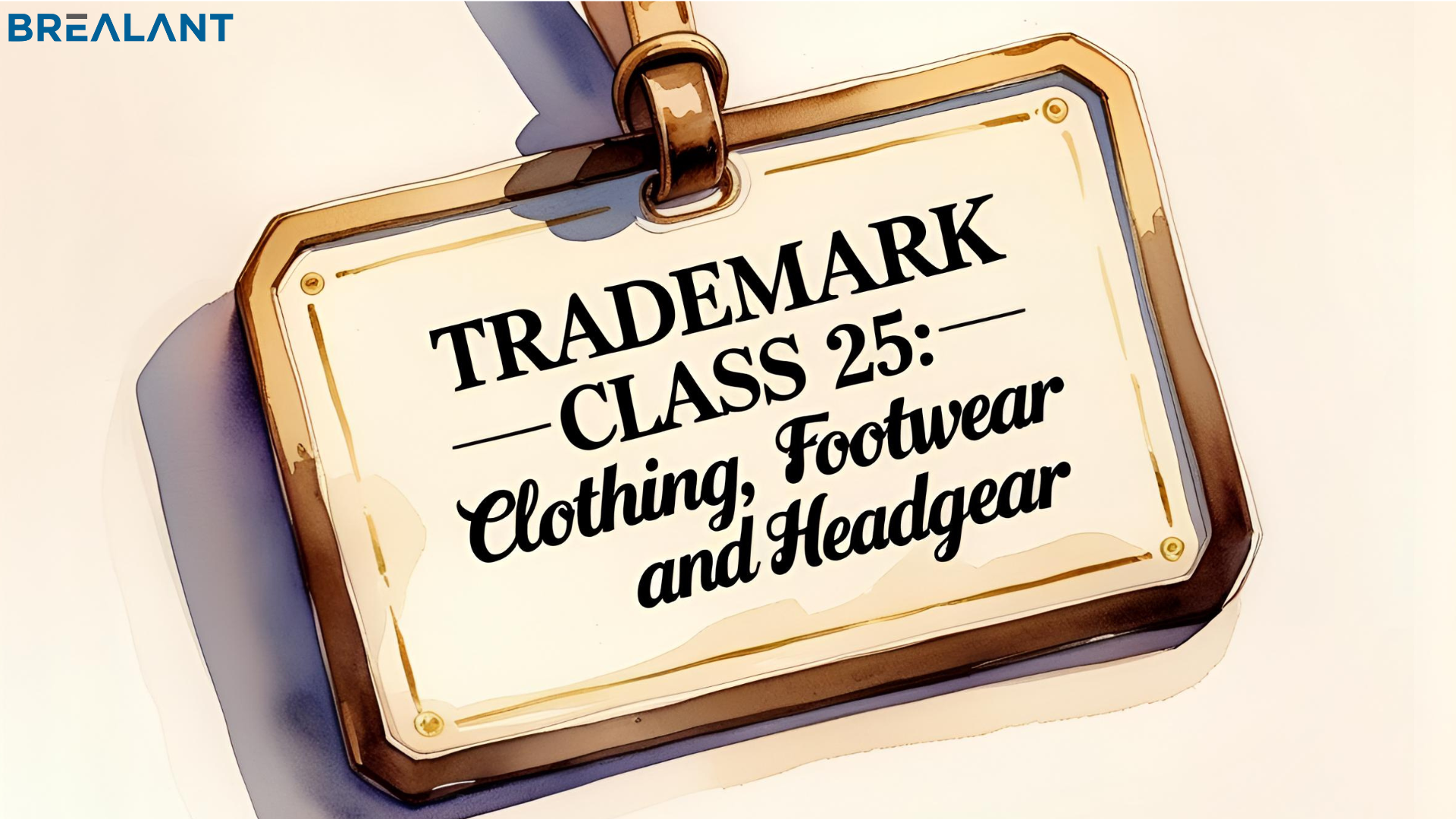

In the Philippines, trademark registration is handled by the Intellectual Property Office of the Philippines (IPOPHL). To make the process more organized, IPOPHL follows the Nice Classification system, which divides trademarks into 45 classes of goods and services.
The purpose of these classes is simple: they allow businesses from different industries to use the same brand name without creating confusion among consumers. For instance, a pharmaceutical company might use the name “EcoHealth” for medicines (Class 5), while a clothing company could also register “EcoHealth” for socks (Class 25). Since people wouldn’t expect the same company to be making both medicines and socks, both registrations can legally coexist.
Class 25 is one of the most common classes because it covers apparel and related products. Some examples of registered marks under this class are:
These examples show how Class 25 is widely used by brands in the fashion and apparel industry.
When applying for Class 25, it’s also common to file in related classes, especially if your brand covers a lifestyle product range. These may include:
Keep in mind that each class requires a separate application and fee. For example, if you want protection for posters (Class 16) and shirts (Class 25), you’ll need to file two different applications and pay for both.
Getting the classification wrong can be costly. If you file under the wrong class, your application could be rejected and you’ll have to start the process all over again. IPOPHL only grants protection for goods and services that you’re already selling (supported by specimens) or those you genuinely plan to sell.
If your brand is already in use, IPOPHL requires you to submit a specimen to show how your trademark is being used in the real world. For Class 25, acceptable specimens include:
What’s not acceptable is using the mark only as a business name or return address—because that doesn’t function as a trademark from the consumer’s perspective.
In the case of Zuneca Pharmaceutical vs. Natrapharm (G.R. No. 211850, 2018), the Supreme Court emphasized that trademarks are meant to avoid consumer confusion. Even if marks are registered under different classes, IPOPHL and the courts still examine whether the similarity between them could mislead the public.
For clothing brands specifically, IPOPHL has refused marks that are too descriptive—for example, a generic phrase like “PREMIUM JEANS.” However, if a business can prove that such a term has gained recognition through long and exclusive use, IPOPHL may allow it to be registered.
✅ In summary: